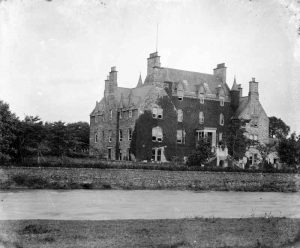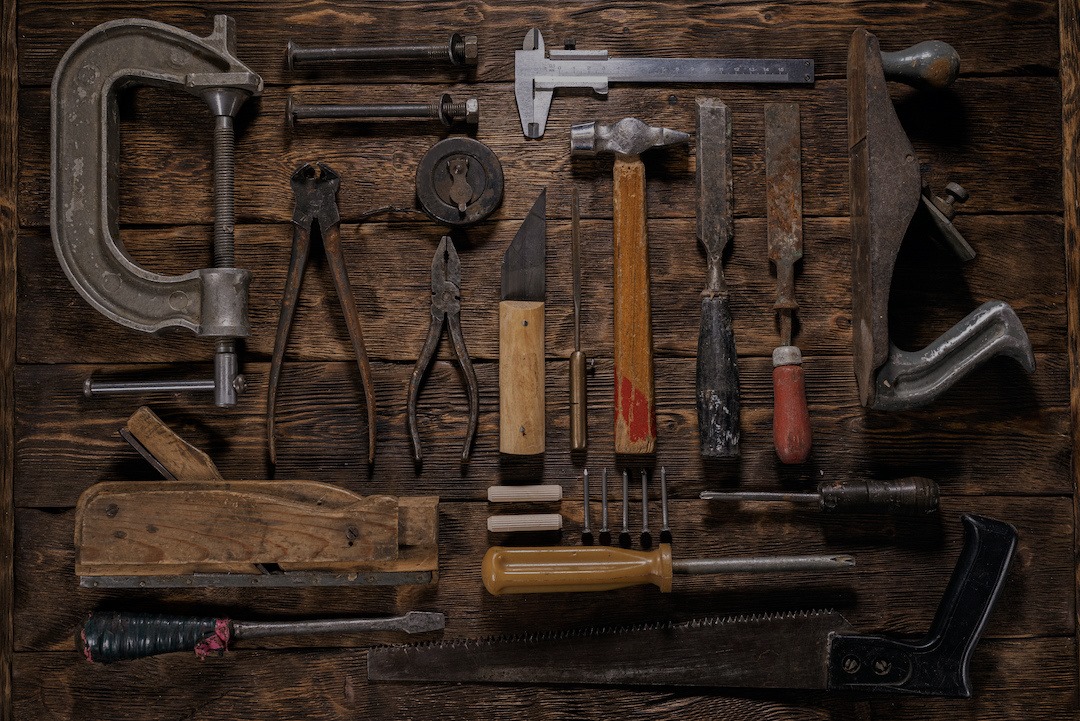Moray throughout the ages has been described by historians as a land of rich, fertile soil which could boast prime agricultural lands with a less harsh climate than that experienced in other areas of Scotland. There’s no doubt that this good fortune contributed greatly over the centuries to the economic development and growth of the region. Landowners and their families began to choose the town of Elgin as a welcome escape from more isolated country living, building grand mansions to spend time socialising and meeting with new business associates. There was an increasing need for merchants and craftsmen from all fields of business to service a wealthy clientele.
By the mid-17th Century, six ‘Guilds of Incorporated Trades’ existed – the Squaremen (stonemasons, wrights and builders), the Hammermen (metal workers such as goldsmiths, blacksmiths and locksmiths), Glovers, Tailers, Shoemakers and Weavers. With a population of about 2,500, these craftsmen were central to life in Elgin and the surrounding area. Over the centuries, these skills were dutifully handed down to ensure future generations would continue to thrive. It’s no surprise that many families today still remember their early apprenticeships and life-long employment with local industries which became synonymous with Moray.
Trade symbols featured within the stonework of buildings where these trades were operating and if you look carefully, you can still spot quite a few of these within the town. This Trades Guild ceased activity as recently as 2014, but the trades remain prominent in local life with street names such as Culbard Street (after one of the glovers) and Weaver Place. The mill at Newmill, established in 1797, is the same mill which now produces a range of internationally acclaimed woollen products.
The six trades influenced the town of Elgin from the beginning of their formal corporation and what they achieved over several centuries is recorded in their minute books. It’s reassuring to know that this valuable archive together with many historic objects relating to the trades were handed over to the safe custodianship of Elgin Museum. A catalogue of all the various documents and artefacts are available to view online – Six Incorporated Trades of Elgin. This archive offers fascinating insights into life as an apprentice and living conditions at various times in the trades’ history.
It’s interesting to note just how much the trades and industries of bygone Elgin have contributed to the present industrial scene. Once again, thanks to our friends at Elgin Museum for letting us share this with you https://elginmuseum.org.uk/

